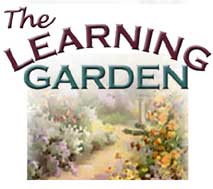
From Seed to Seed:
Plant Science for K-8 Educators
 |
From Seed to Seed: |
|
|
Family Resemblance Sometimes it is easy to see the family resemblance among species of the
same genus. Take the genus Viola. The similarities between a
pansy, a violet, and a Johnny-jump-up are easy to see.
How can such diverse plants be so closely related? Classification of higher plants is primarily based on reproductive structures, and in this respect, all members of the genus Euphorbia are similar. We won't go into the specifics here, but suffice it to say that the flowers of your holiday poinsettia (the yellow-green structures in the center of the brightly colored bracts) have a structure that is shared by all euphorbias. It is not necessary for you or your students to understand the details of the complex systems used to classify plants, but it can be beneficial to have some familiarity with a plant's place in the system of classification. Take your students out to your schoolyard garden or to a wildflower patch and ask them to find pairs of plants that may be closely related. What did they base their decision on? Flower color? Size? Shape? Leaf size or shape? Alternatively, if you do not have access to an outdoor spot, you can bring a variety of cut flowers into the classroom and have students pair up likely relatives. |
||||
|
Made possible by a grant from Oracle Corp. Copyright 2001, National Gardening
Association, Inc. For questions regarding this web site, contact Webmaster |